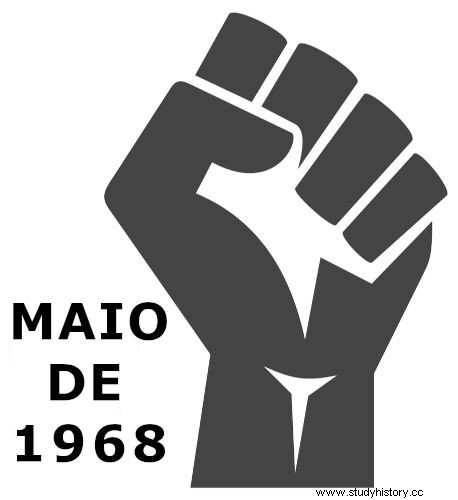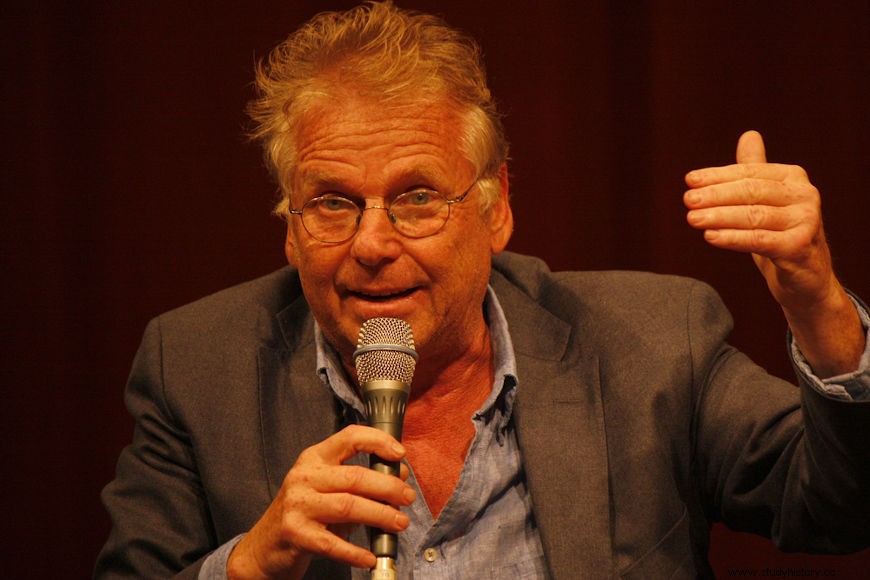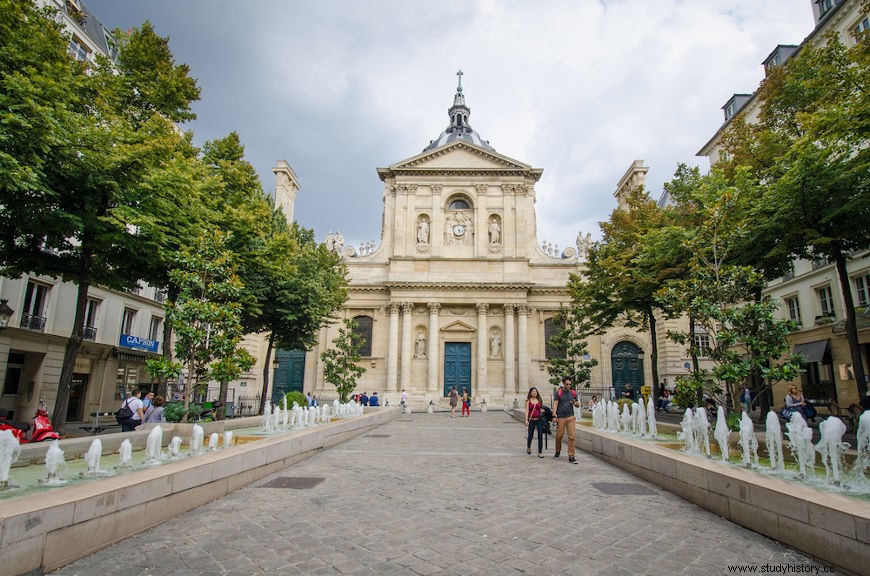May 1968 was marked in world history as the month in which students demonstrated their intention to transform the world. Influenced by anarchist and Marxist ideals, French students started protests against the French educational system and against the capitalist society of France. With the support of workers, these young people stopped France and marked generations of people.
Learn more:The struggles of the hippie movement in the 1960s
Context
The May 1968 protests were the result of a world that was in turmoil. Significant events contributed to the popular unrest in different parts of the world, and this, in a way, reinforced the desire for change in France, which resulted in a student movement.
The United States saw the country being swept by protests against the Vietnam War and underwent significant transformations in the fight against racism; Czechoslovakia was agitated by a reformism that sought to democratize socialism in the country; in Germany, student protests took place in Berlin; and here in Brazil, the dictatorship was fought.

These events reinforced the rhetoric inspired by socialist ideals among the French students. One of the most influential currents in that period was the Maoist, and, since 1966, China was going through the Cultural Revolution, an event in which Mao Tse-Tung mobilized students to defend it under the motto of fighting the “old ideas”.
The Cultural Revolution was a great inspiration for French students, mainly because, according to Professor Michel Thiollent, the excesses committed by Mao Zedong during his 10 years were not yet known. of this revolution|1| .
Causes for May 1968
Although the student mobilizations were influenced by global events, there were also problems related to French society itself that served as catalysts. There were dissatisfactions with unemployment, which was on the rise in the 1960s, with the educational system French and with the government of Charles De Gaulle .

The French Universities they still operated under very conservative norms, and the expansion in the number of university places created uncertainties about career prospects in the French labor market. Most teachers were considered very reactionary and it was considered that French education would not be able to meet the demands of the new generations.
The increase in the number of students in France enabled the strengthening of the student movement, and protests against the French educational system had existed since at least 1966. The trigger of events in France was the arrest of six students which mobilized around 150 students for a new protest.
In March 1968, students decided to occupy the administration building of the University of Paris in Nanterre , metropolitan region of Paris. At that moment the Mouvement du 22 Mars (22 March Movement) was born, under the leadership of Daniel Cohn-Bendit , an anarchist student.
Login also :See how Brazil was in 1968
May 1968
The student protest in Nanterre ended after the arrival of the police, summoned by the Nanterre administration itself. New protests continued in March and April, and police action was based on brutality, which outraged the students. The protests, however, continued.
On May 2, the administration of the university in Nanterre decided to authorize the closing of the campus and threatened to expel students who were participating in the protests. The following day, 3 May, the students of Nanterre began to count on the support of the students of the campus of the University of Sorbonne , in Paris.

On that day, clashes between police and students were violent . The police set fire to cars to incriminate them and use violence to disperse them, and the students responded by building barricades to stop the police advance and throwing cobblestones at the police forces.
New agendas were added to student demands, such as the end of gender separation in dormitories, and the movement's strength grew because police violence made it count on the support from other classes, mainly the workers.
The unions decided to call strike general in France, and civil servants, metallurgists, electricians, teachers, etc. decided to join the strike. It is estimated that, in this month of May, about 10 million workers were on strike in French territory. In many places, they occupied factories and took control of production.
Workers' adherence to student protests forced President De Gaulle's government to negotiate. Government, union representatives and businessmen sat at the table to discuss conditions for workers to return to work. The negotiations lasted throughout the month of May, and, in the end, the Agreements from Grenelle .
Workers gained a series of benefits, such as salary increases and reduced working hours, and unions gained greater freedom to organize. Part of the workers decided to resume work, but another part considered that the concessions made were not enough. Charles De Gaulle decided to use police violence against workers.
While the government negotiated with the workers, the students remained firm in their mobilization. Dozens of barricades were built on the streets of Paris, and students, in addition to the protests, engaged in producing posters who expressed their intentions and dissatisfaction. Messages against capitalism and against the De Gaulle government were common. One of the most popular expressions of this period was “it is forbidden to forbid ”, a clear message against the standards of French society, seen by students as conservative.
Login also :Why did the Berlin Wall fall in 1989?
End Protests
The impetus of the protests continued during the month of May, but they lost strength at the end of it . The decision on the part of workers to return to work also weakened mobilization. De Gaulle's repression and a conservative reaction on the part of French society were also factors that dismantled the students.
On May 30, 1968, Charles De Gaulle announced that he would not resign from the government , as he claimed the students and that the measures to increase popular participation that he had announced days before would be cancelled. He also threatened the workers to return to work, or they would be repressed by the police. Finally, he called legislative elections for June.
By mid-June, the 10 million striking workers had become just 150,000. The revolutionary impetus of the students also lost steam, and normality was resumed on the Parisian streets. The June elections took place, and Charles De Gaulle's party came out strengthened .
May 1968 became a symbol of student mobilization and influenced generations around the world, but in the end it was not the revolution that many saw, mainly because there was no consistent political support for it. student causes.
Note
|1| THIOLLENT, Michel. May 1968 in Paris :student testimony. To access, click here.
Image credits
[1] Iembi and Shutterstock
[2] 360b and Shutterstock
